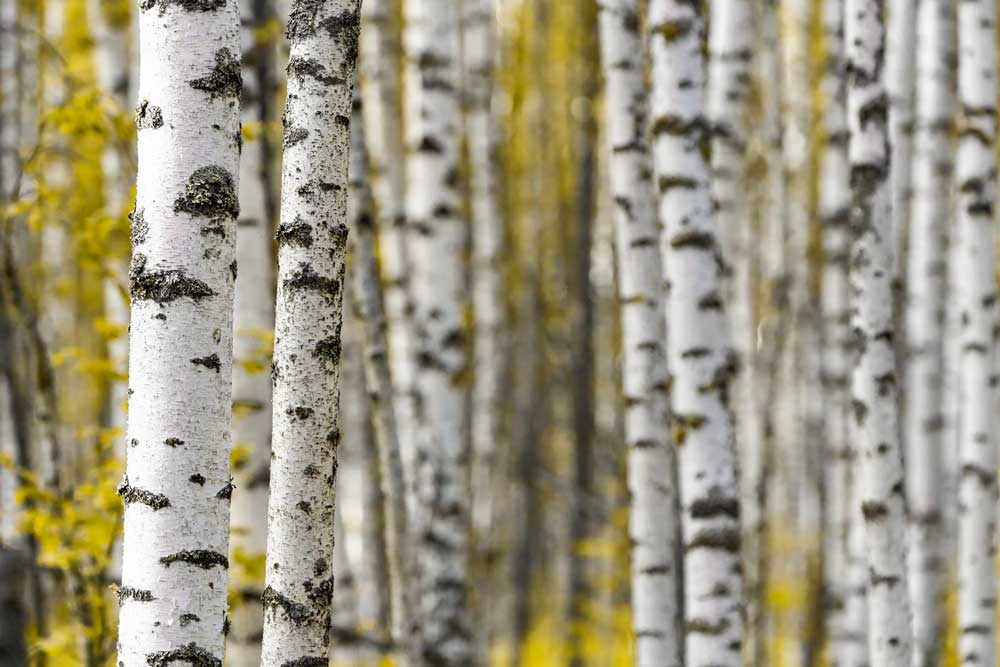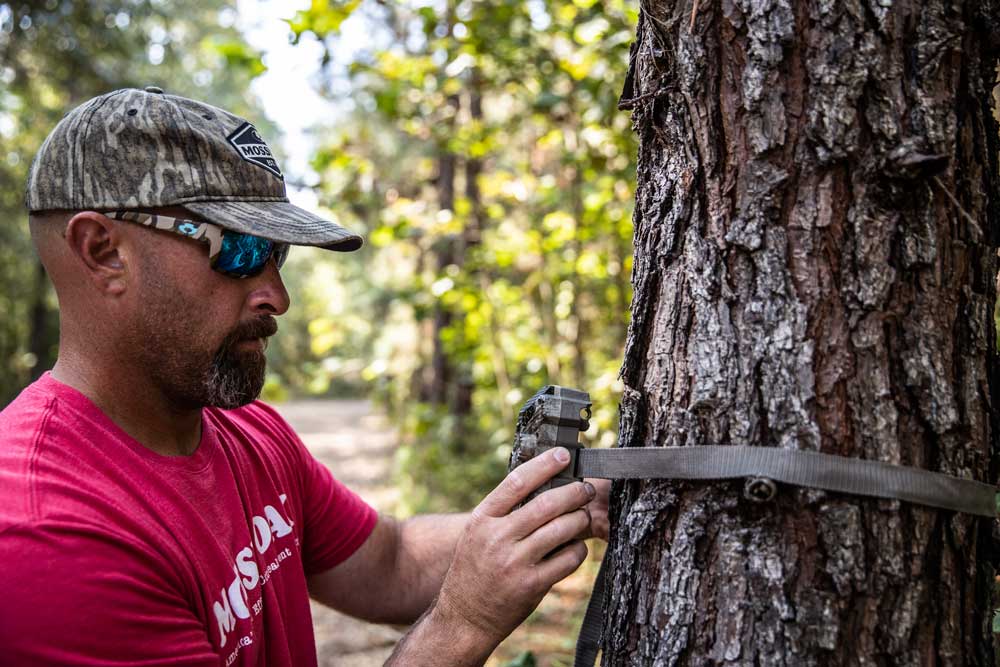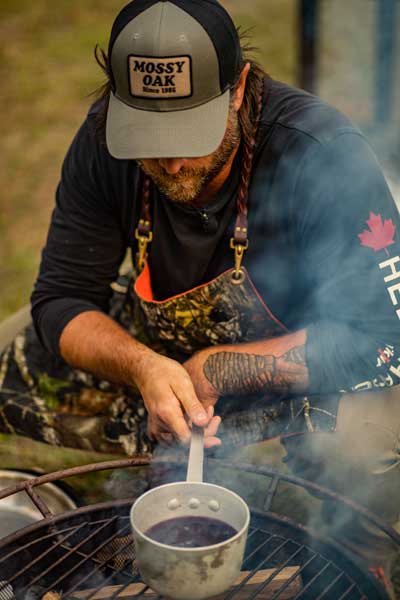Does your inner woodsman kick in as you fly across the forests of the United States? Have you ever wondered if you could survive if left down there? Most of us have an inner woodsman that considers himself a cross between Rambo and Jeremiah Johnson. In our minds, there is no survival situation we cannot thrive in. We scoff at the Donner Party and think we would have survived that ordeal.
Could you really though? You may be great at identifying wild berries, but what if all you have is snow and trees? What would you eat? Can you eat tree bark and, if so, what trees are best to eat? Get your pocketknife out, and let’s see what trees have edible bark.

What Types of Trees Can You Eat?
You may not know what types of trees are edible, but most know some types of trees will probably kill you. To avoid a slow, painful death in the woods, you should know what types of trees or wild mushrooms you can eat. Of course, mushrooms don’t grow year-round, but trees do. Here are a few trees that could help you survive that plane crash.
The Black Birch and the Yellow Birch are common to forests like the Adirondacks. If you think about it, the Mohawk word Adirondack is what Iroquoians called the Algonquians who were too lazy to grow crops in the summer; they preferred to tough out the harsh winters by eating trees like the deer. You may not want to watch football this winter with a bowl of birch bark, but it’s good to know you could survive on it.
Inner Bark
As far as eating a tree goes, you don’t eat the bark, nor do you eat the tree’s wood. You eat the inner layer between the bark and wood; this is called the cambium. Cambium helps take nutrients up the tree. The appearance and flavor of cambium is different for each tree. Too much bark in your meal, and it will be very bitter; too much wood, and you may get a mouth full of splinters.
Unlike many other trees, birch cambium is dark and looks much like pressed sawdust. You get to the cambium by shaving a strip of bark off with a large knife. Next, you fillet off the cambium without getting into the wood of the tree. This is hard to do on the birch tree since the cambium layer is hard and dry. Eating the cambium layer of the birch tree is like eating sawdust from a sawmill. In a pinch, you could add it to soup to provide nutrients in a survival situation.
Some Are Better Than Others
The Red Spruce and Black Spruce are edible but probably the worst tasting of the bunch. The cambium or inner bark is light brown, much like the birch tree. Unlike the birch tree, the cambium layer of the spruce is soft and easier to harvest. The cambium layer of the spruce can be quite thick and can provide a substantial number of calories in a survival situation. Like all evergreens, spruce trees have a strong flavor and are probably the last option you will use.
Not Your Grandparents’ Grape-Nuts

Most all Pine Trees are edible, with the white pine being the best tasting. You should avoid Norfolk Island, Yew and Ponderosa pine trees, as the bark and needles can be very toxic. The white pine is common throughout the United States. It is well known to survivalists because the cambium layer is easy to get to, thicker than other trees and soft enough to chew.
The cambium or inner bark is white and scrapes off the tree easily. The flavor is strong, but easier to get used to than the spruce tree. It is high in calories and can be used in soups if chewing the cambium is not an option.
Tea Time
Pregnant women should not drink pine tea, but it is a great source of vitamin C:
1. Gather young edible pine needles.
2. un water over them to wash off dirt and bugs.
3. Next, chop up the needles and place in a pot of water. It is important to let the water simmer; if the tea comes to a boil, it will break down the vitamins.
4. When the needles begin to sink, the tea is done.
5. Strain the tea into a cup, and it’s ready to go.

Pine needle tea has the following medicinal uses:
- Relief for skin problems
- Fights fatigue and heart disease
- Source of vitamin C
- Source of vitamin A
- Is an expectorant
- Reduces blood pressure
- Source of antioxidants
The Slippery Elm is widely known for its medicinal purposes. So much so that you can buy slippery elm to treat the following:
1. Sore throat
2. Constipation
3. Stomach ulcers
4. Skin disorders
Of all the edible trees, the inner bark of the elm tree is the best tasting. It is less bitter than evergreens and tastes sweet with no bad aftertaste. The cambium layer peels off easily, even off small limbs. The cambium layer is white or pale, and elm trees produce one of the thickest inner bark layers of all the trees listed. If you are ever in a survival situation, the elm tree should be your first choice.
Improvise to Survive
The trees we discussed are all edible and have been used for various reasons over the years. If you want to determine if a tree not listed above is edible, check out the PFAF.org website. They have information on almost any tree. The next time your inner woodsman kicks in, try the inner bark of a slippery elm. Remember, just because it’s edible, doesn’t mean it tastes good. Even Jeremiah Johnson knew that.



























